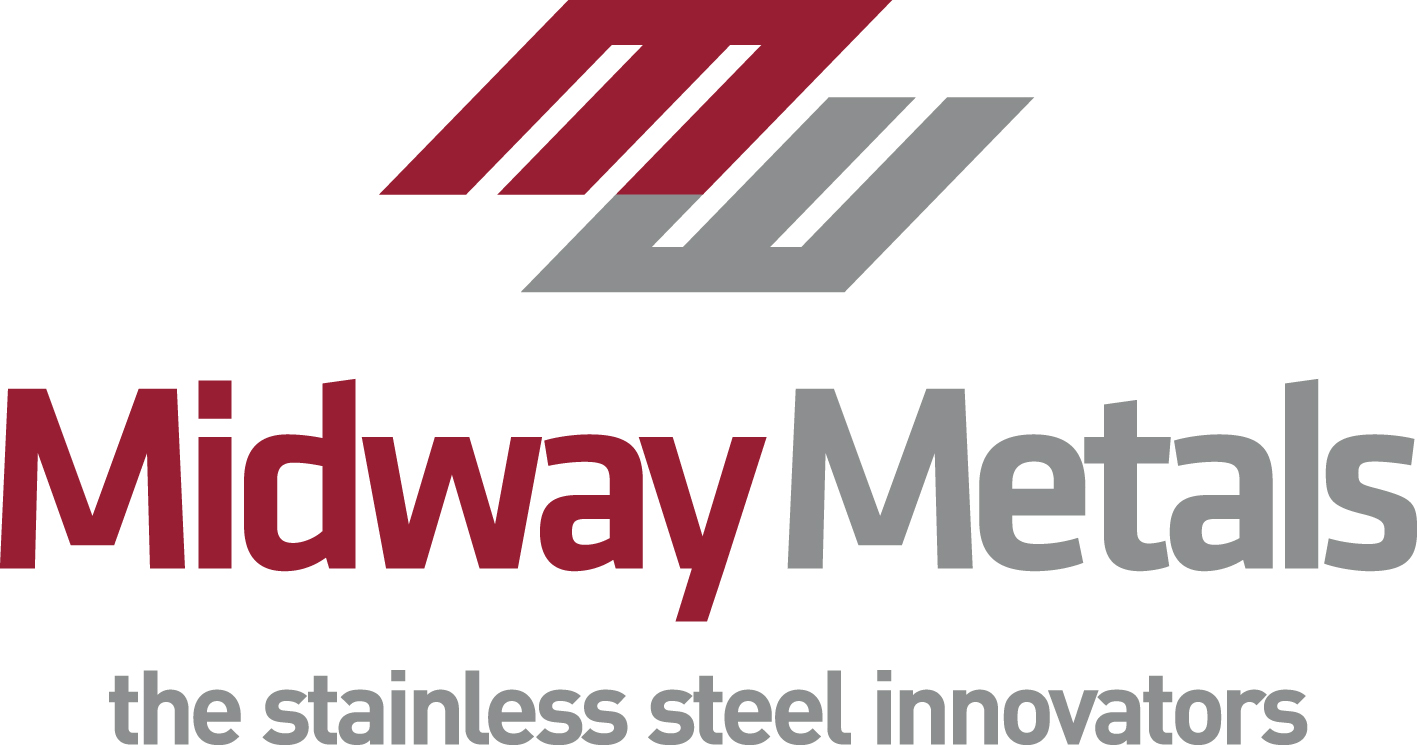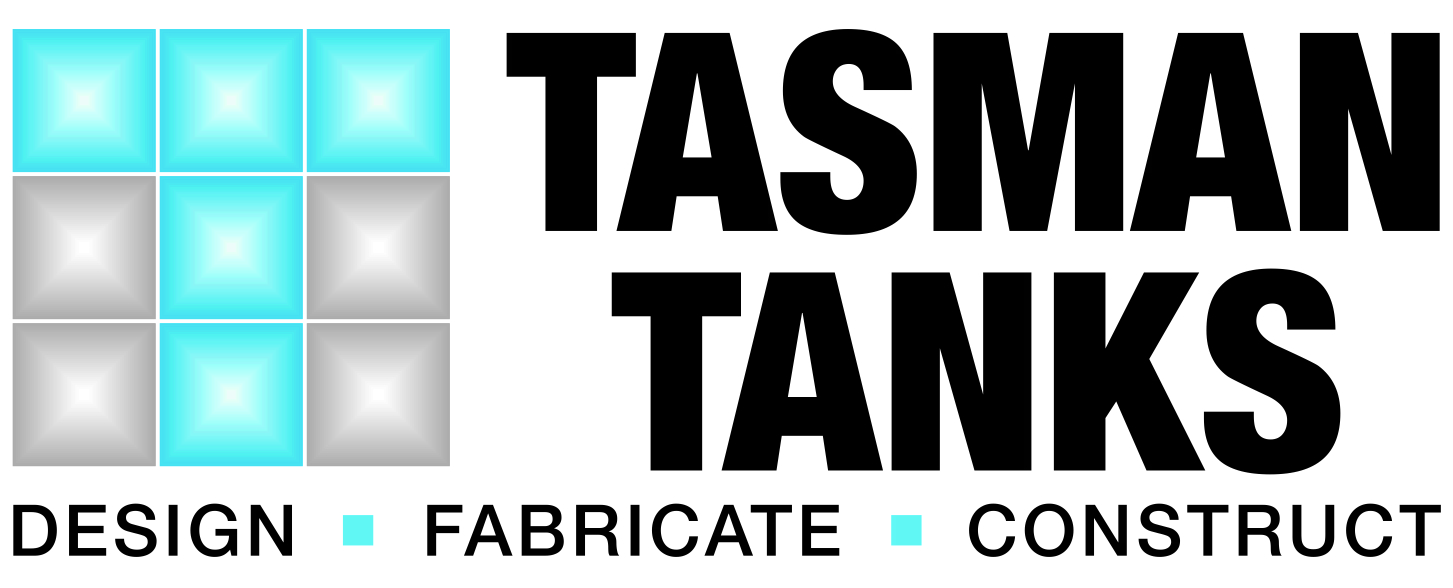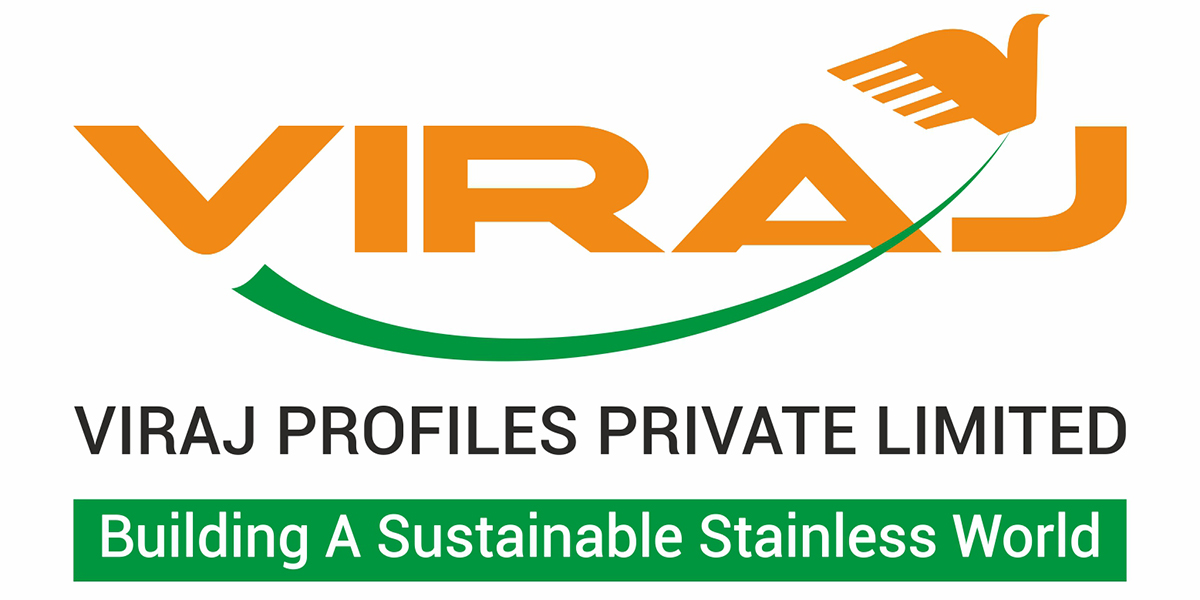
Standing the test of time
Stainless steel reinforcement (rebar) is increasingly being specified for its excellent corrosion resistance, long-term performance and economic benefits.
There are many advantages to using stainless steel rebar:
- Excellent durability, fire resistance and structural performance.
- Exceptional corrosion resistance in harsh marine environments, resisting chlorides and pitting corrosion.
- Extended service life and reduced life cycle costs.
- Minimal maintenance costs and therefore less disruption of service for refurbishment or replacement.
- Easy to cut and bend, good weldability.
- Cathodic protection is not required.
- Reduced concrete cover, minimising costs and delivering a more lightweight, higher tensile structure. Cracks are less critical and concrete surface treatments are not required.
- Supplied in accordance with ASTM A955 and BS 6744 standards, both of which require confirmation of a generic corrosion resistance test by the manufacturer to meet specific strength levels.
Some history
Concrete is the most used material in infrastructure projects because of its properties, cost and availability. It has excellent compressive strength but very poor strength under tension. Cast iron and steel bars were incorporated into structures to form durable and strong reinforced concrete with the steel protected by the alkalinity of the concrete. Unfortunately, a combination of cost-cutting (poor quality concrete) and atmospheric CO2 carbonation led to the prevalence of concrete cancer with reduced service life and durability.
In the USA, multiple reinforced slab highway bridges suffered severe reinforcement corrosion and state authorities explored galvanising, epoxy coatings and cathodic protection in refurbishment and new programs. The UK Government had similar concrete corrosion problems at Birmingham’s Spaghetti Junction and research led to the 1990s revision of their BA 84/02 Design Manual for Roads and Bridges. The new code required stainless steel reinforcement around slab penetrations, in splash zones or wherever severe disruption would occur if carbon steel repairs would be required. It also permitted lower cover and wider cracks if stainless steel was used compared to the carbon steel requirements. In addition, it removed the requirement for surface diffusion barriers such as silane treatments.
Over the following decades this philosophy migrated into commercial buildings and non-government infrastructure.

Why stainless steel?
When carbon steel corrodes, the oxides are up to 10 times the volume. This expansion will start cracks in the concrete and possibly surface stains. This allows more water, oxygen and chlorides to accelerate the steel attack, cause concrete spalling, further corrosion and potentially, structural failure. Stainless steel is inherently resistant to corrosion and, even if it is exposed to overwhelming chlorides in concrete, the pitting attack does not generate sufficient localised corrosion product to fracture the concrete. Despite the short-term attack of galvanised coatings in fresh concrete, galvanised reinforcement was trialled but did not offer sufficient long-term durability. Epoxy coated steel reinforcement suffered from handling and installation damage leading to concentrated attack at coating holidays.
The solutions of cathodic protection (CP) and sacrificial anodes for carbon steel reinforcement can be effective. However, the reinforcement must be electrically continuous, the operation of the system must be regularly monitored, and periodic surveys are required to monitor the distribution and effectiveness of the CP. In a bridge designed for a 300-year service life, the monitoring costs would be significant.
The unfounded barriers to using stainless steel
Galvanic acceleration of corrosion?
Early on, there was significant resistance to specifying stainless steel due to the perception of the need for complete replacement of carbon steel. Connecting stainless steel to carbon steel corrodes the carbon steel but that assumes a near-neutral pH, i.e. about 7. Concrete is quite alkaline, i.e., pH>9.4, and in those conditions, the galvanic potential of carbon steel and stainless steel is about the same. Multiple laboratory and real-life tests have shown no galvanic acceleration of the carbon steel corrosion, even with quite significant levels of chloride contamination. Hence stainless steel can be used around joins in slabs, penetrations, at surfaces where diffusing water can evaporate and concentrate aggressive salts or where road or marine salts accumulate.
The Schaffhausen Bridge in Switzerland used about 15 tonnes of stainless steel rebar in areas subject to road salt, about 5% of the total steel use. This added less than 1% to the capital cost and delivered a 13% life cycle cost advantage over simple carbon steel for an 80-year life cycle.
Nearer to home, the McGee Bridge over the inlet in Hobart uses stainless steel rebar in the tidal zone (where the tides act as a chloride pump) and carbon steel in the superstructure where chloride risk is low.
Misunderstanding of the chloride resistance of stainless vs. carbon steel
The widely accepted chloride limits for common stainless steels in near-neutral water are not relevant to the highly alkaline interior of a concrete structure. Figure 1 shows the results of multiple laboratory tests and uses chloride as a percentage of cement as a measure of corrosivity. The limited use of carbon steel in poorly cast (higher chloride penetration) and lower cement content (lower pH) is evident. What is surprising is that austenitic 304 or 316 (or their “equivalent corrosion resistance” lean or low alloy duplex grades) provide useful service in a wide range of conditions.
However, duplex grades provide double the 0.2% proof stress than their austenitic equivalent and the worldwide trend is to specify reinforcement at the higher end of the alloy grade strength.
Product forms and inspection
Bar, and bar with defined deformations, are specified with recommended sizes that do not always match hard metric dimensions. Stocked sizes depend on the specific supplier. It is typical that bars above about 20mm diameter are supplied in duplex grades to utilise the superior strength compared to austenitic grades.
Bars are often coupled by screwed fittings or can be welded provided the heat tint is removed, preferably by pickling. It is essential that stainless rebar is protected during delivery and site storage. If adjacent carbon or galvanised steel requires cutting, the debris must not settle on the stainless steel. Figure 2 of four bars is for quality assurance of bar delivered after pickling to remove contamination and passivate the surface. The upper two bars have different levels of pickling but are acceptable. The lower two are not acceptable because of iron residue from the rinse water (C) and insufficient pickling time (D).
Pre- and post-tensioned cables have been mainly austenitic but the strength advantages of duplex grades mean they are increasingly being used. Stainless steel mesh is often used to control shrinkage cracking and deliver tensile strength. A further product form for inclusion in concrete (and refractory) are wire fibres which are either undulating or with end hooks and aspect ratios in the range 35 to 60:1.


This article is featured in Australian Stainless Magazine issue 74, 2022.














